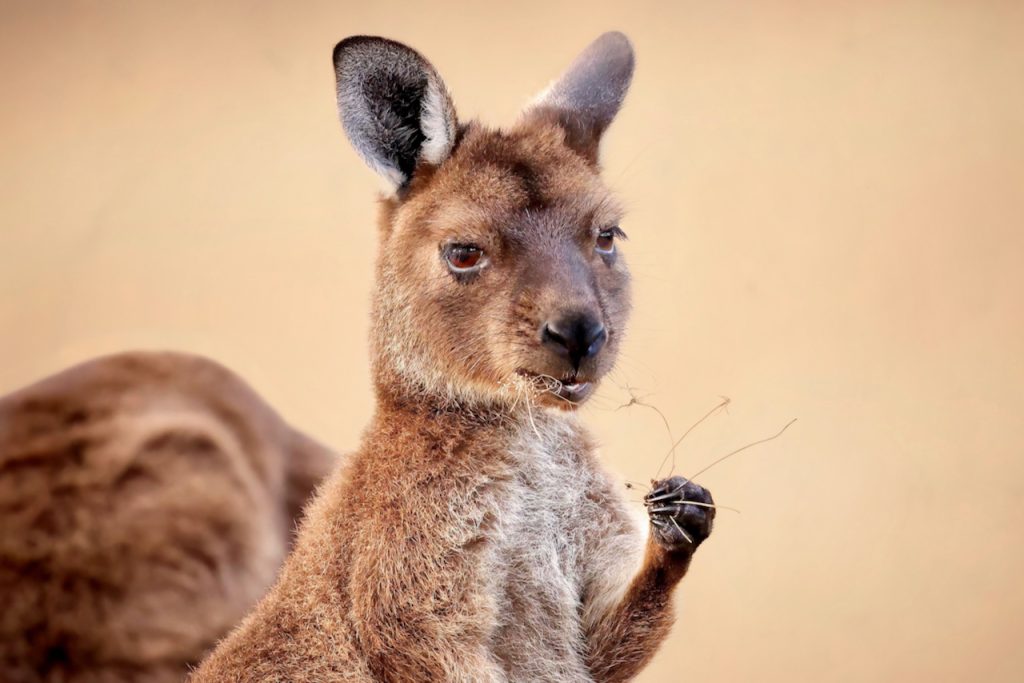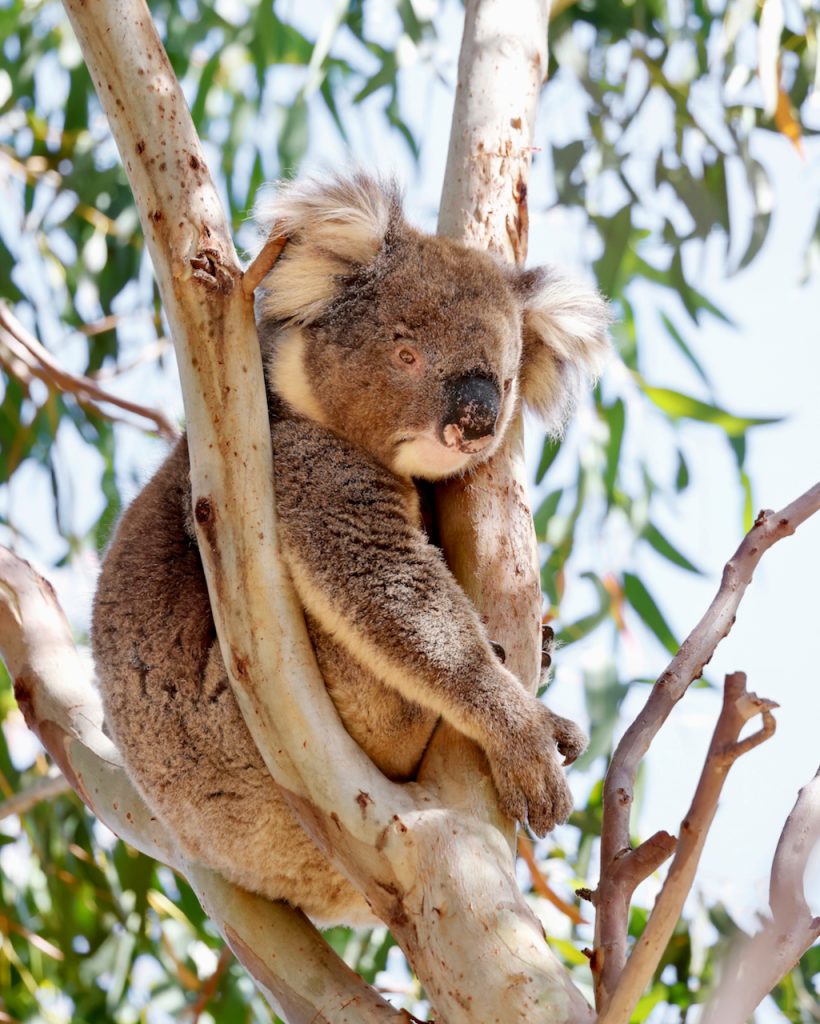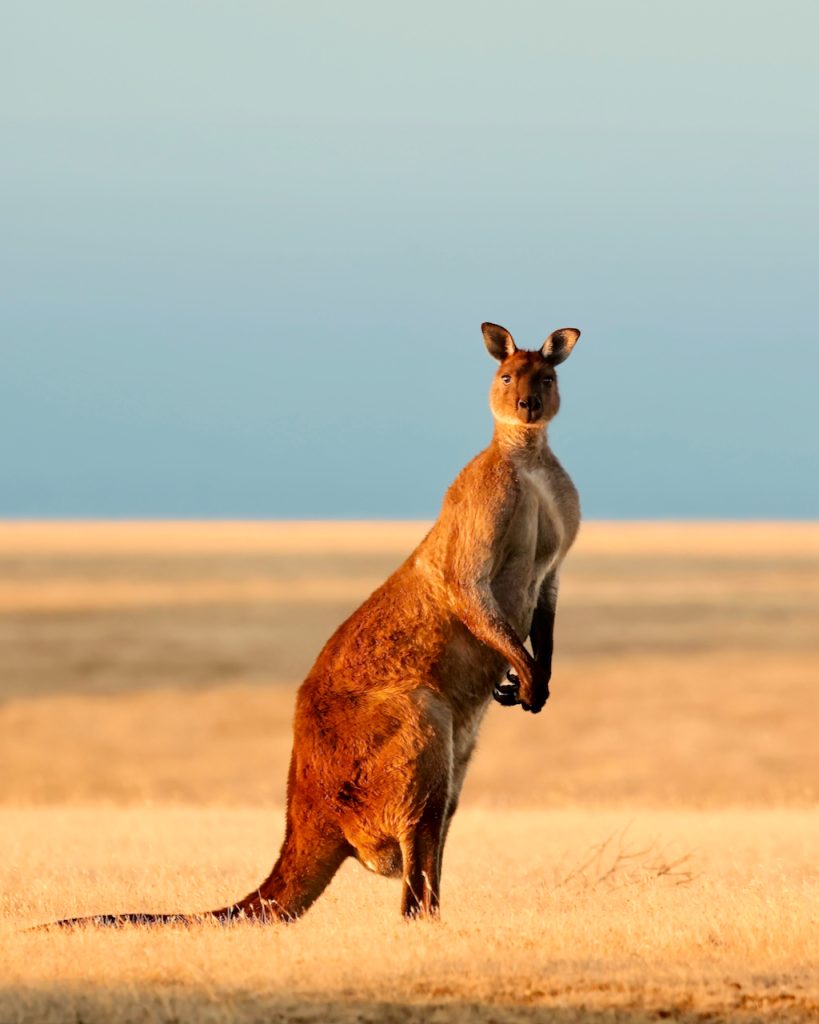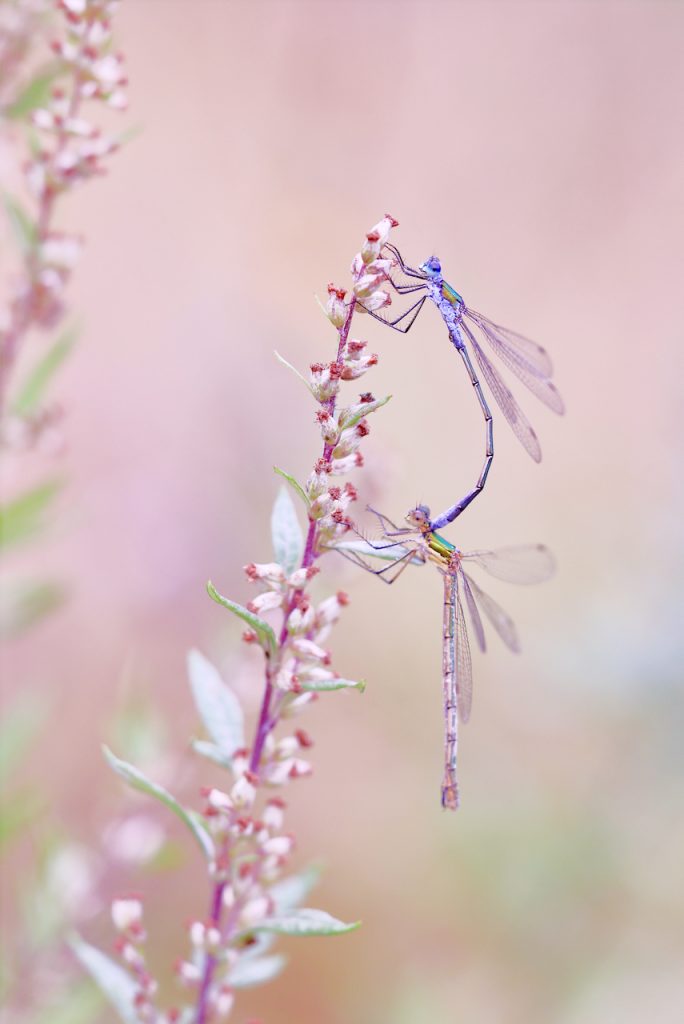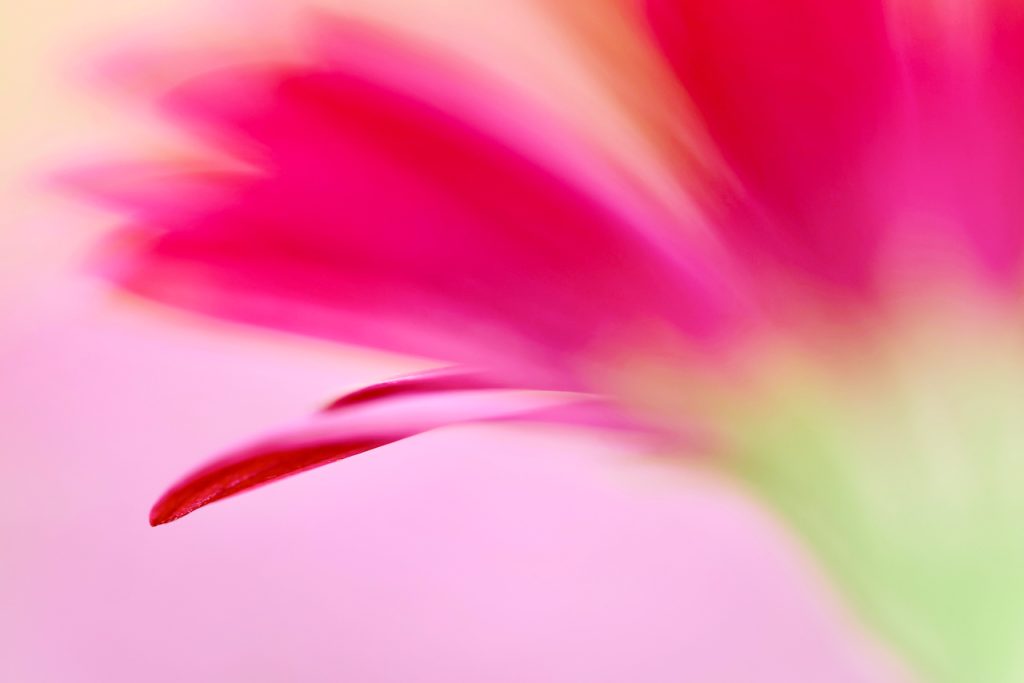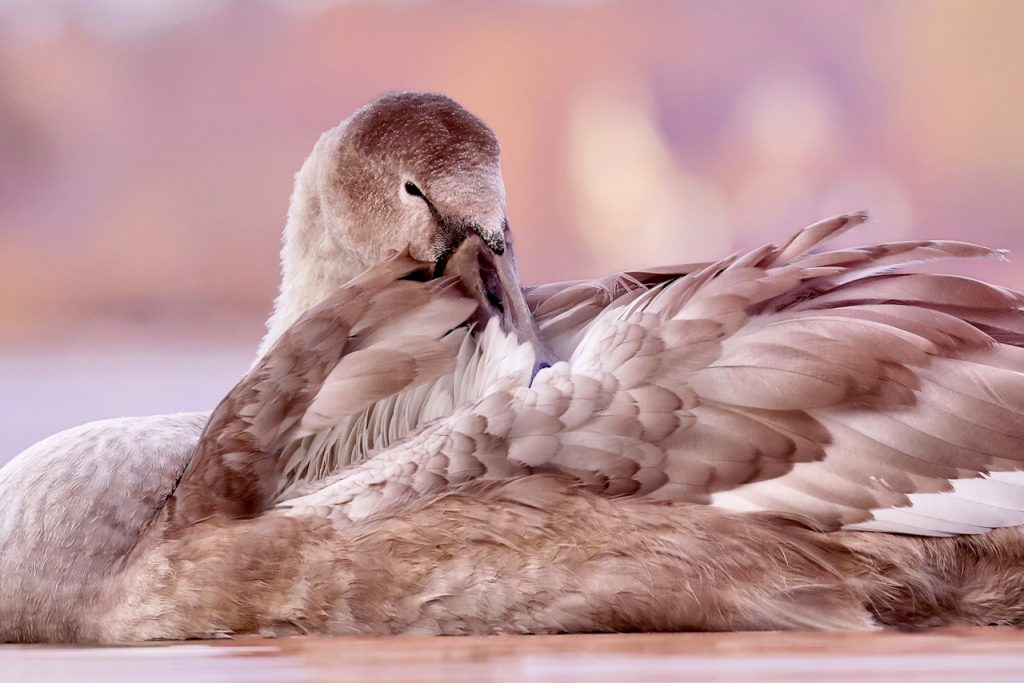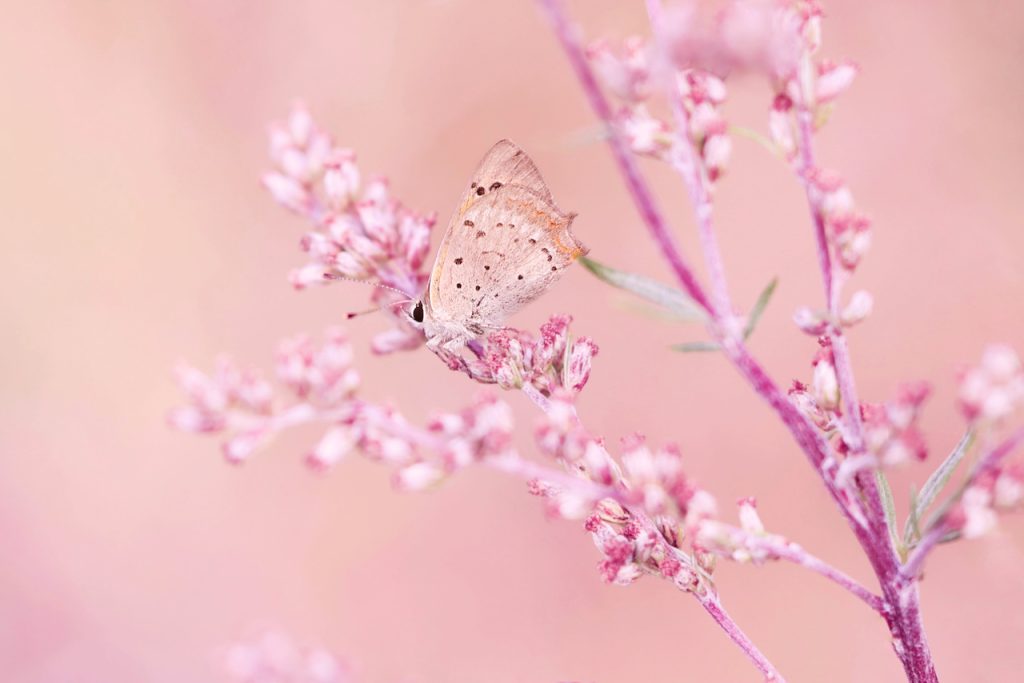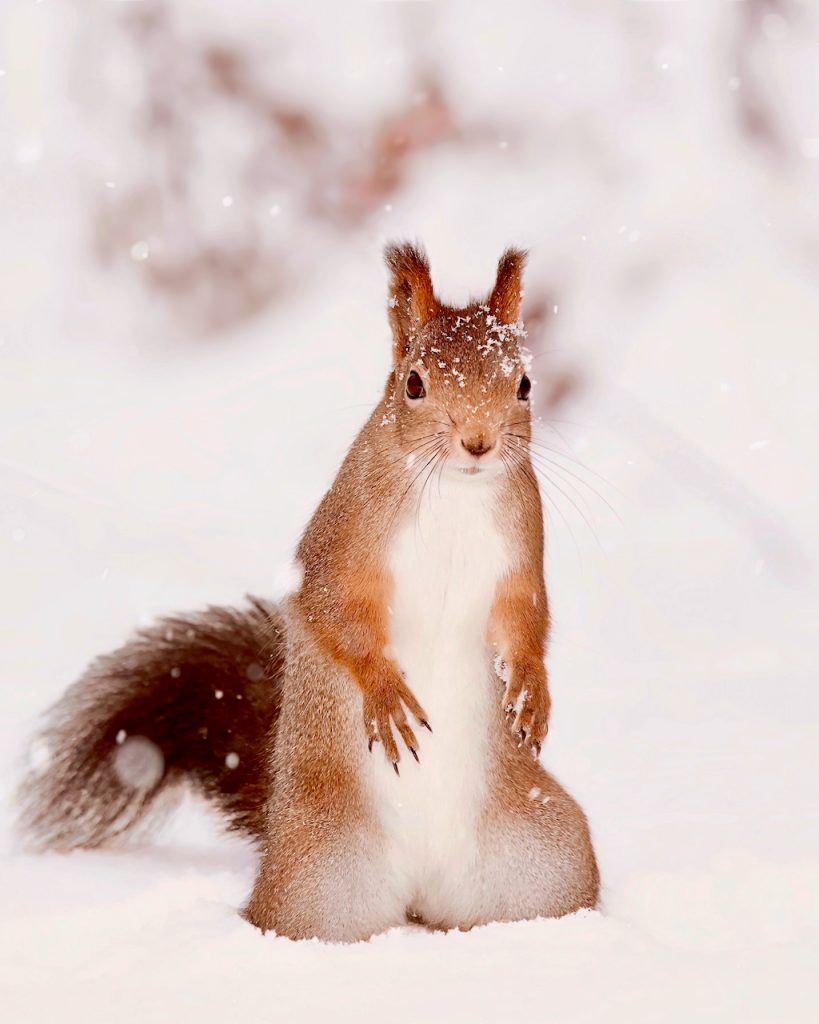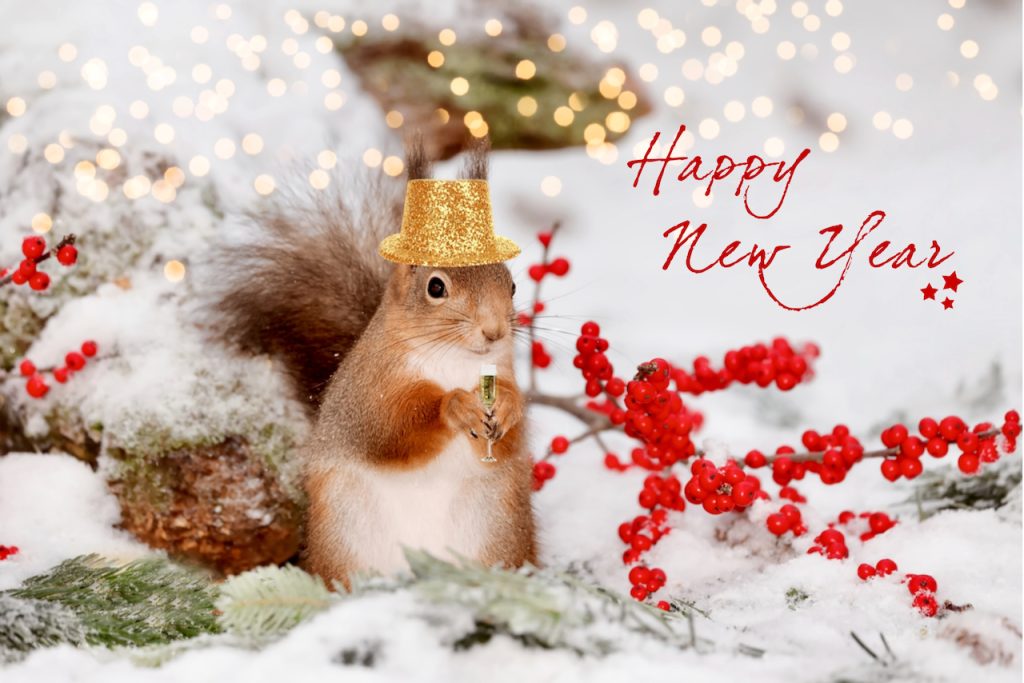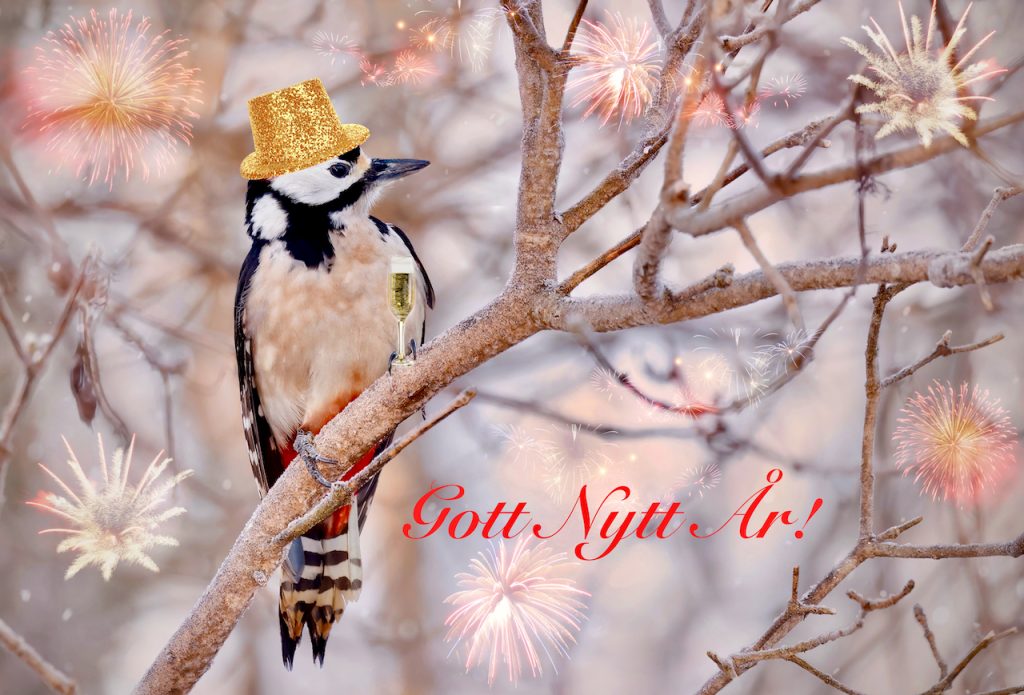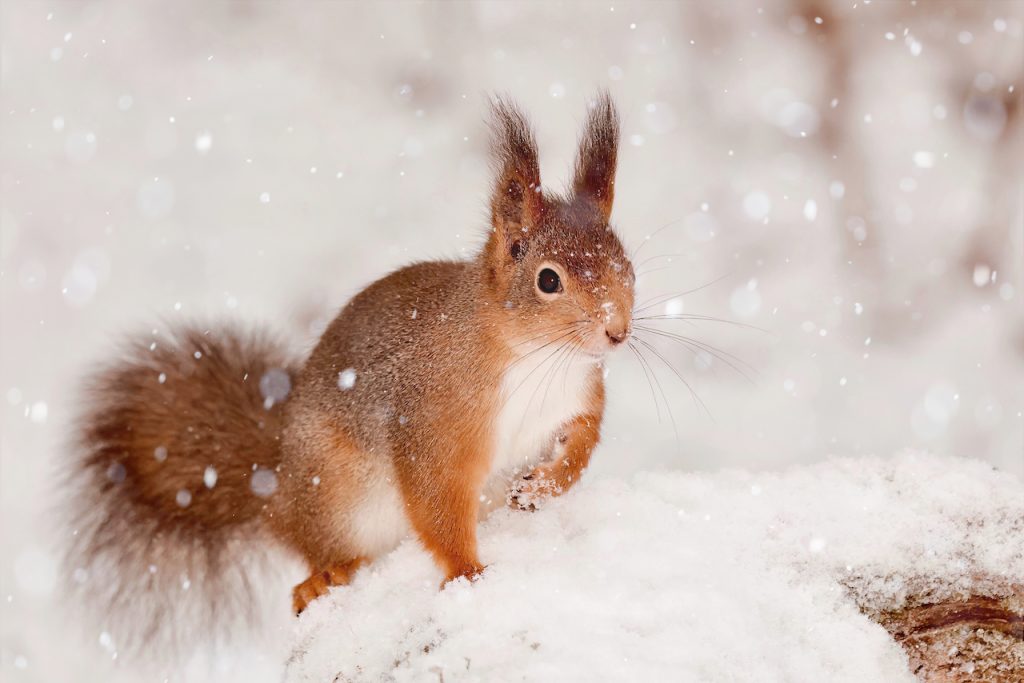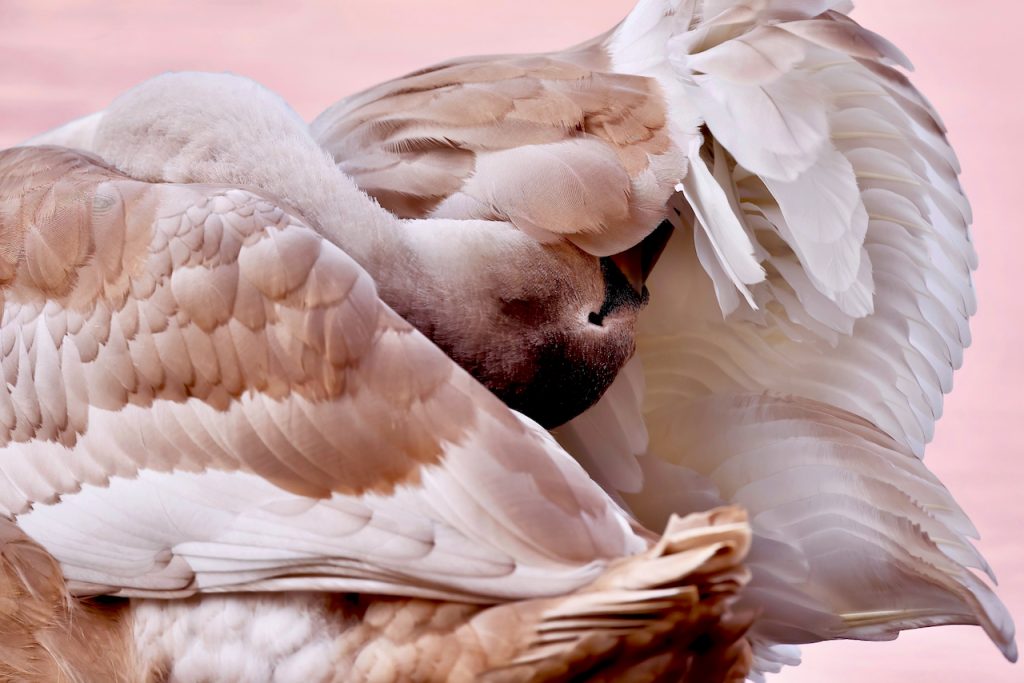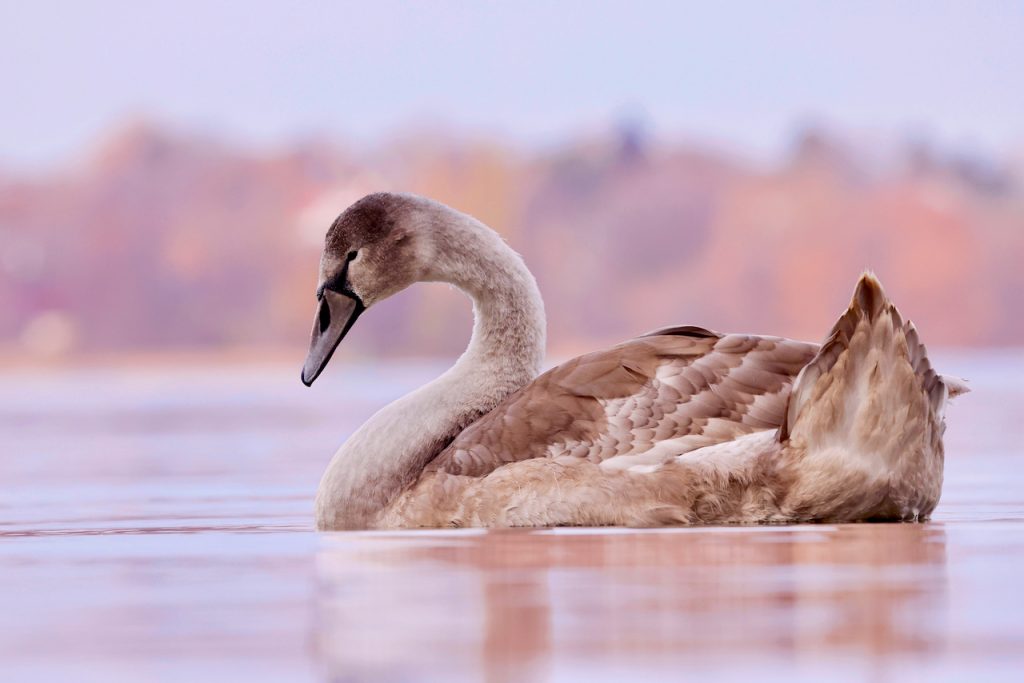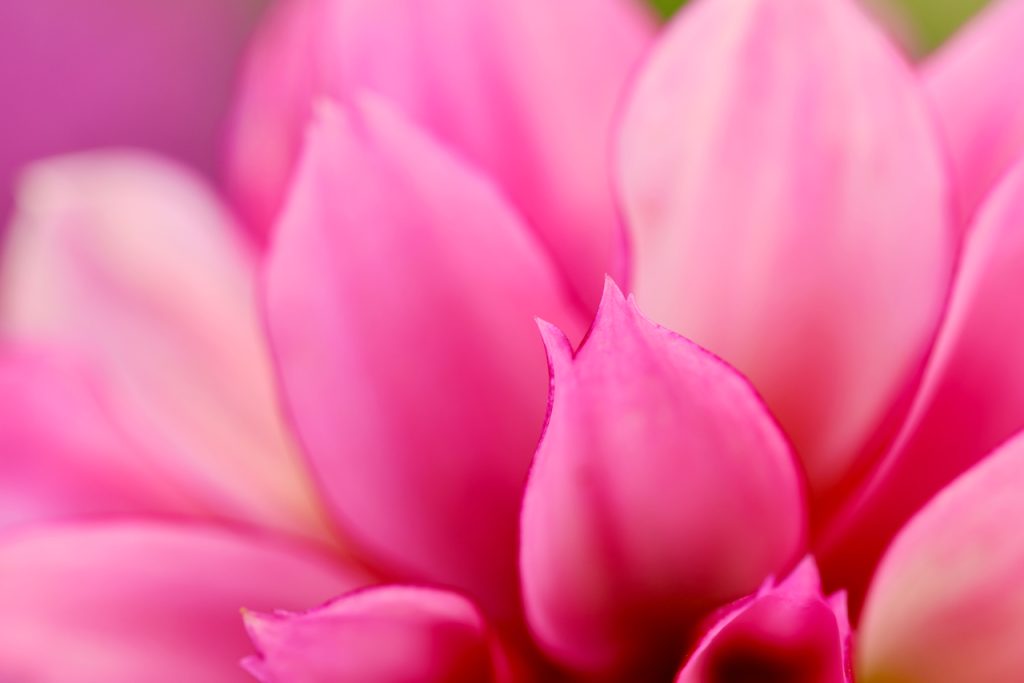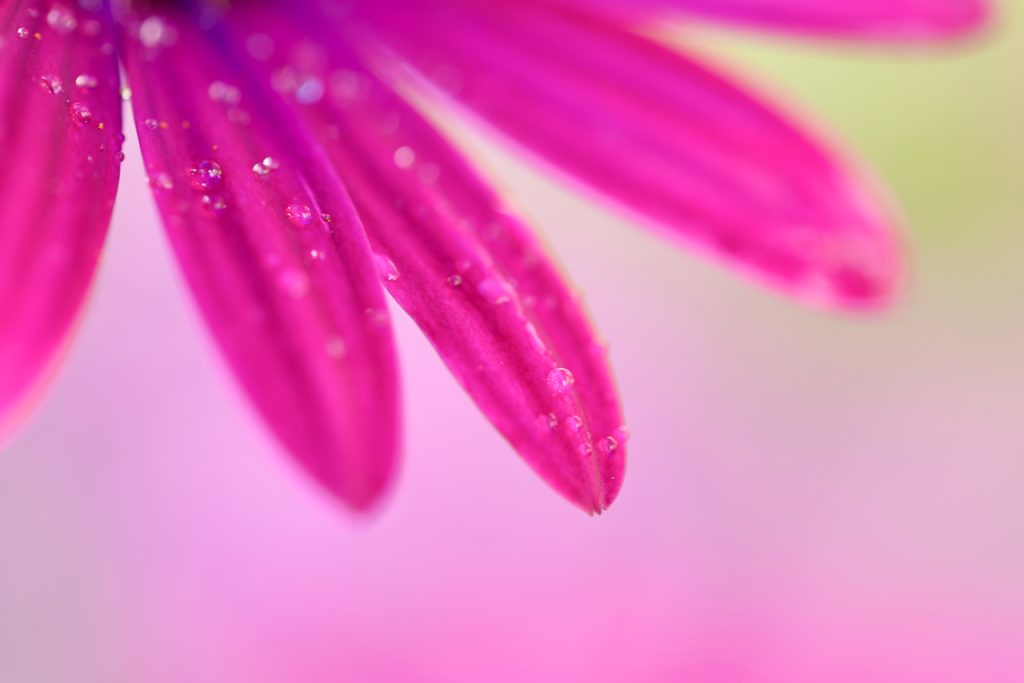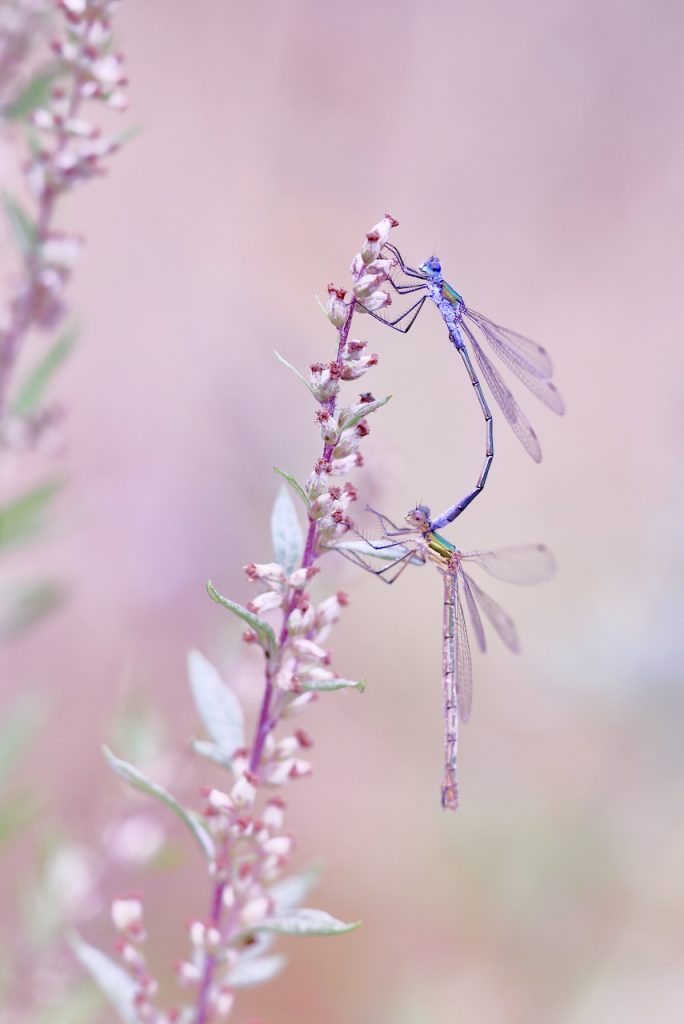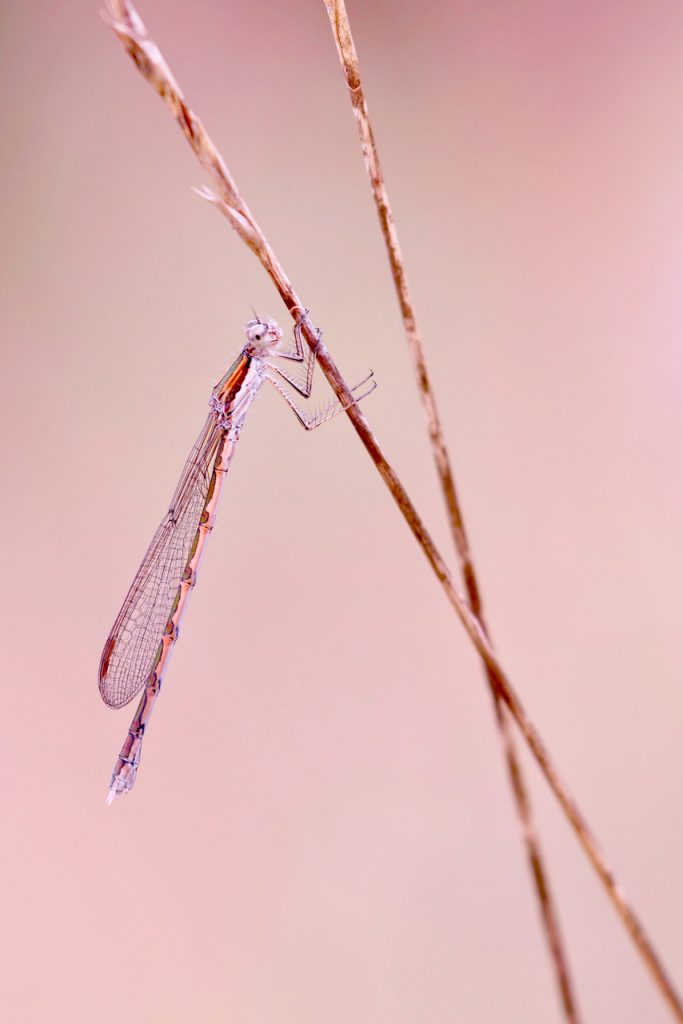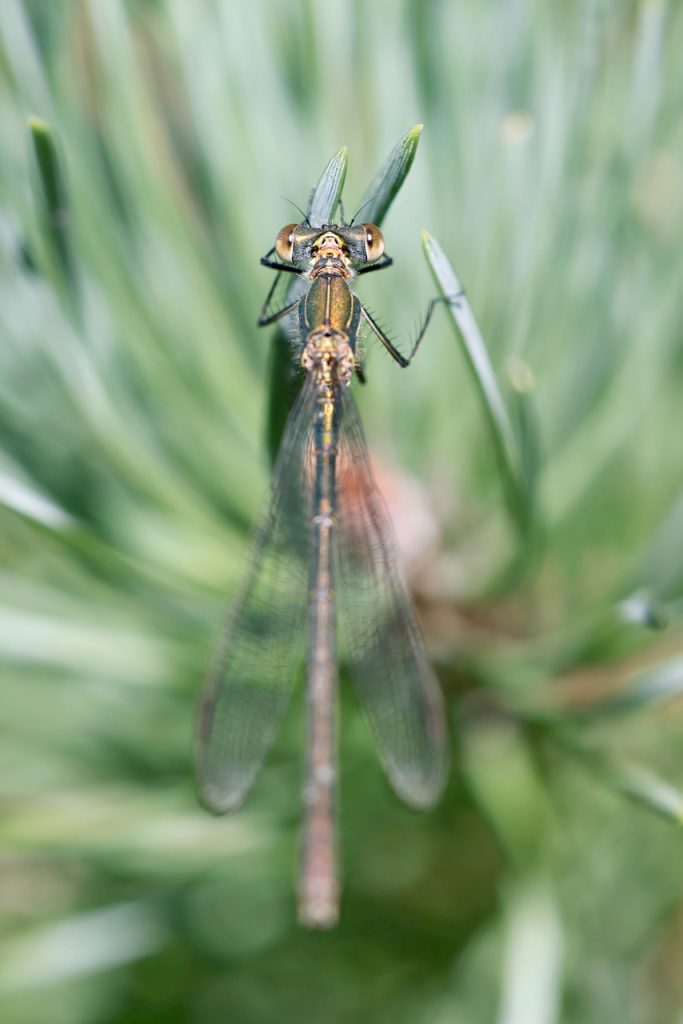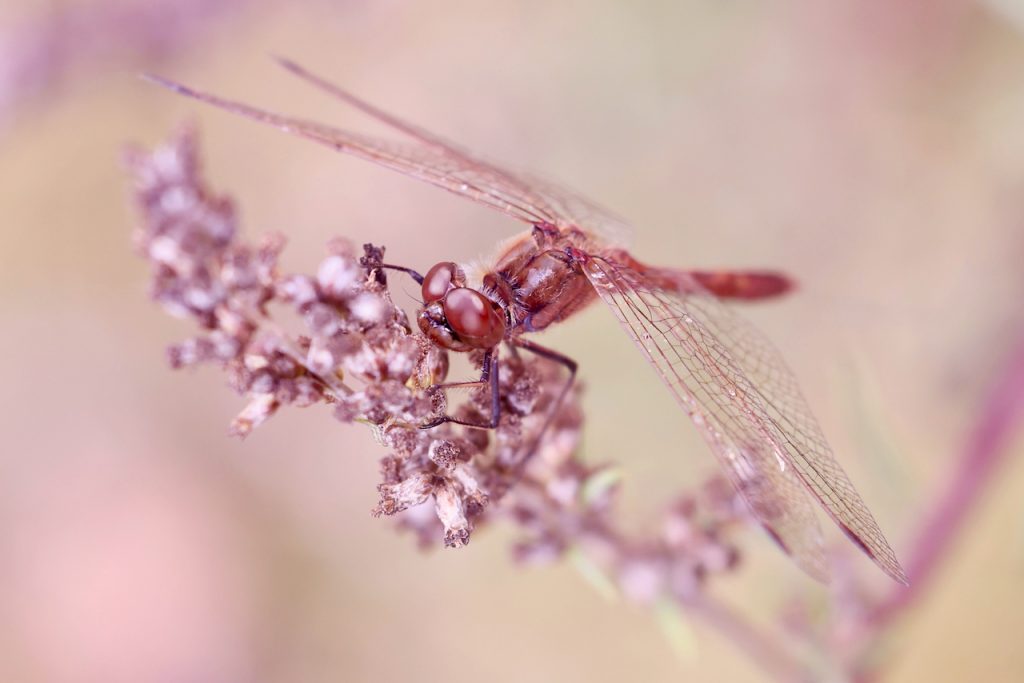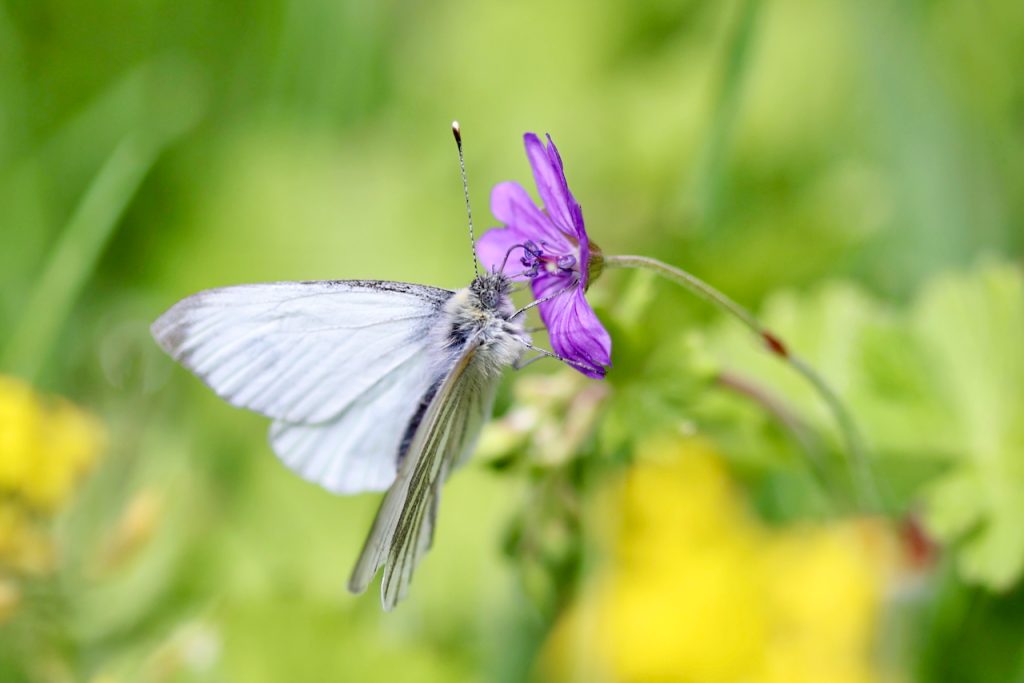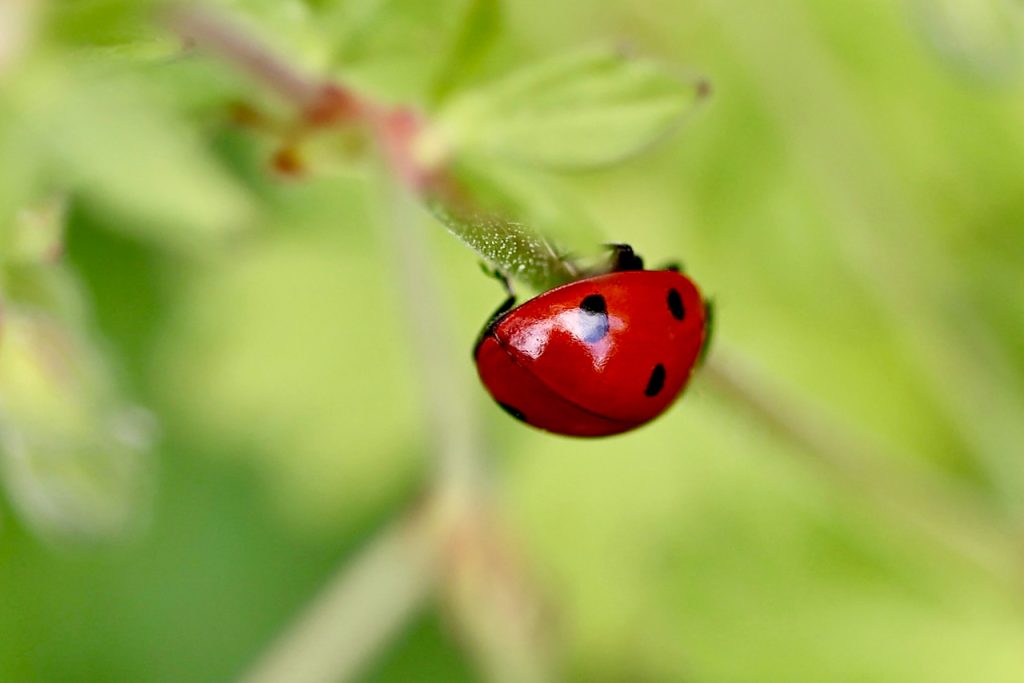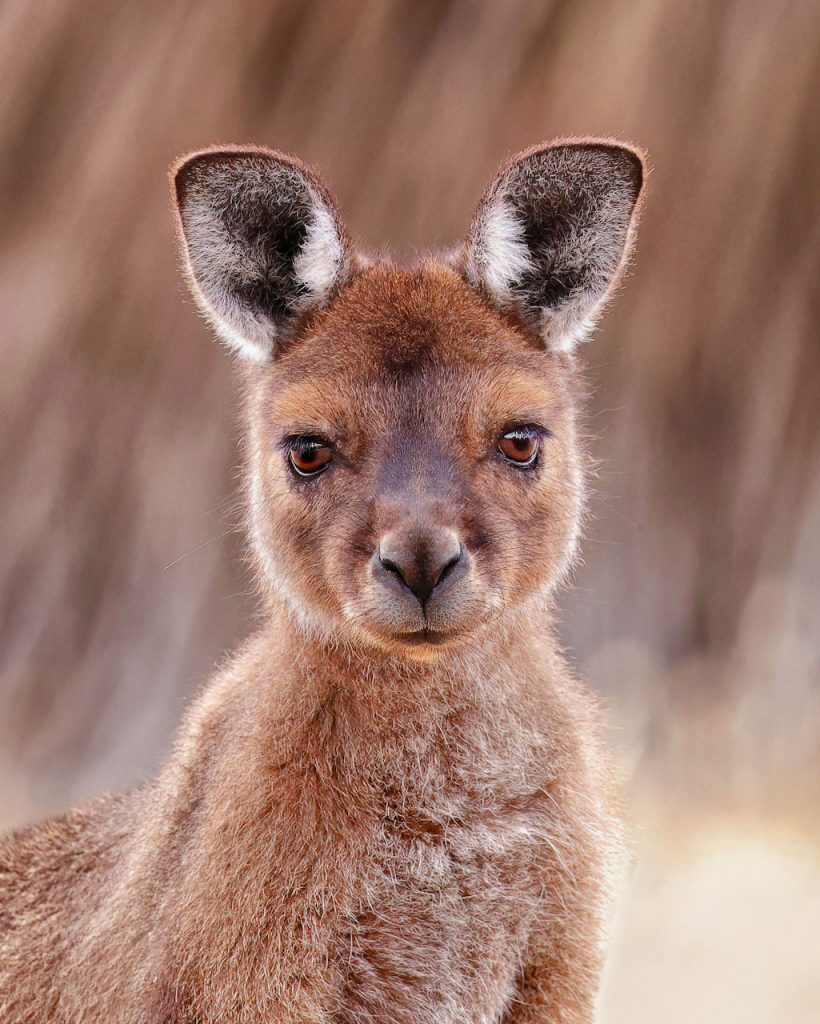
February’s photos are all from Australia this month, too. Let me start with the cutest one, a young Kangaroo Island kangaroo female (Macropus fuliginosus fuliginosus) that used to come with her mother by our villa almost every day. She’s so cute 😍 I probably took hundreds of photos of her!
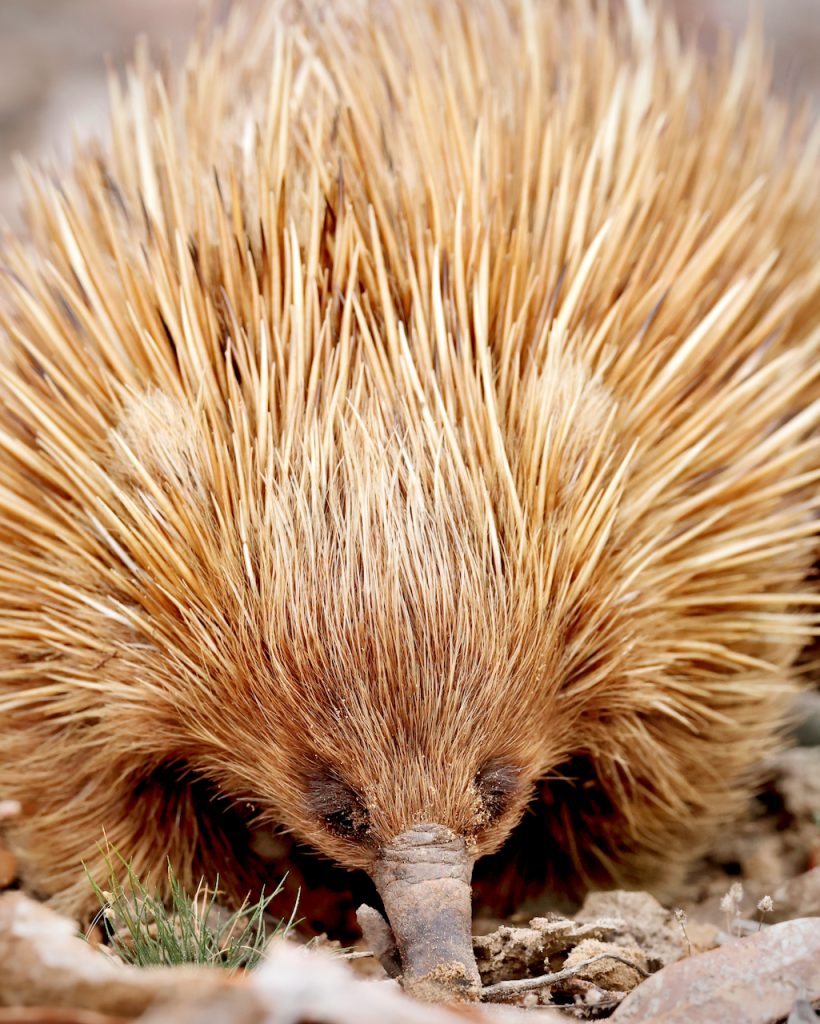
A short-beaked echidna (Tachyglossus aculeatus), also known as the spiny anteater, very busy foraging for ants. Echidna uses its snout and powerful claws to dig up ants or termites and then scoops them out with its long sticky tongue. It moves incredibly fast, and most of my echidna photos are of its butt, ha, ha!

Endemic to southern Australia, the hooded plover is deemed a vulnerable species due to predation by dogs, cats, silver gulls, and human disturbances. Introduced foxes are also dangerous in other parts of southern Australia, but luckily, there are no foxes on Kangaroo Island. The hooded plover population is estimated at 3.000 and declining.
Hooded plovers (Thinornis cucullatus) feed on insects and other invertebrates found in the wet sand.
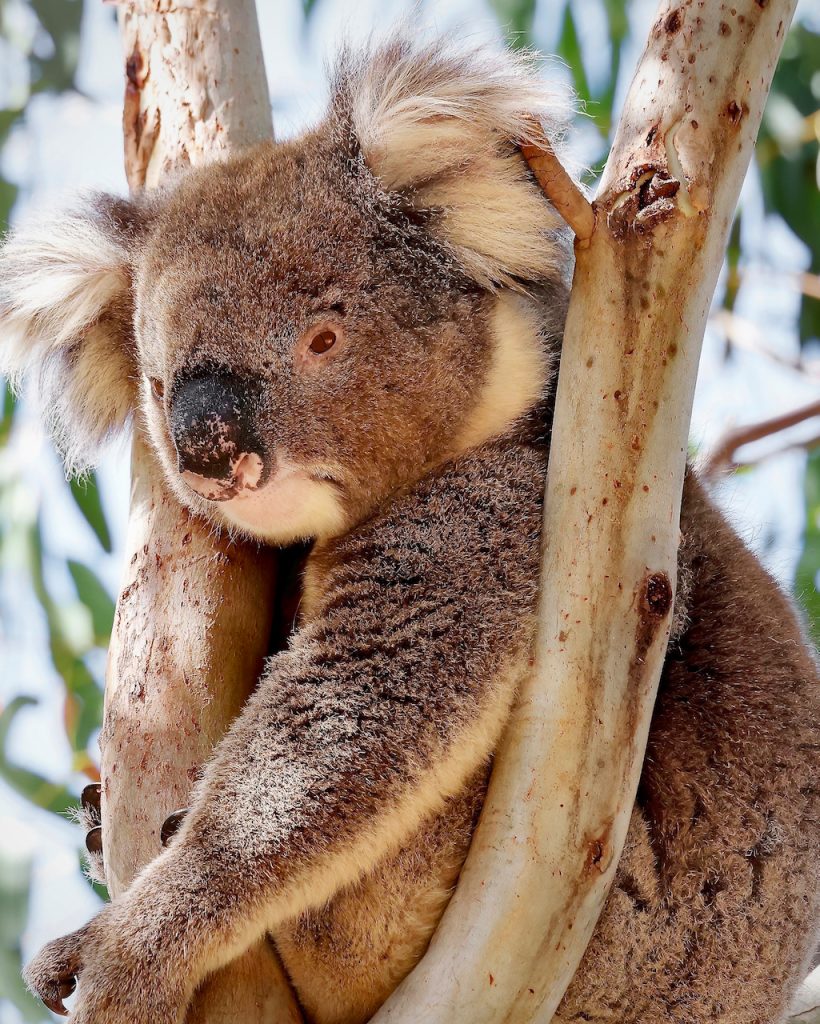
I found this cute little fellow during our usual late afternoon walks around our accommodations at Ecopia Retreat. The villa is tucked away in the middle of a wildlife sanctuary, so it was a pretty safe bet we’d encounter some animals and birds in their natural habitat. He posed nicely for a few photos but went to sleep afterward (something koalas do for about 20 hours a day).
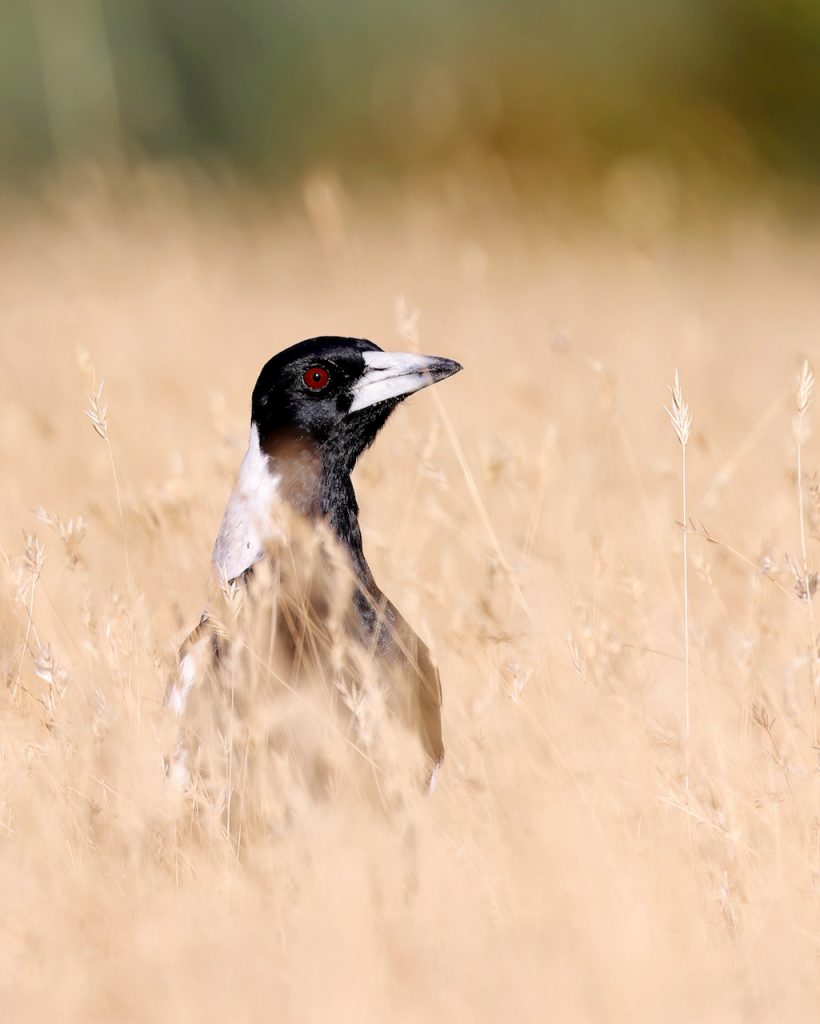
Did you know that the white-backed Australian magpie (Gymnorhina tibicen), also called piping shrike, appears on the South Australia state flag and badge? They’re everywhere and, in contrast to their European counterparts, have a melodious song.
I hope you enjoyed these photos, and no worries, there will be more fluffy koalas and cute kangaroos featured here soon!
Related Posts
If you liked this post, share it on your preferred social network or forward it to a friend.

